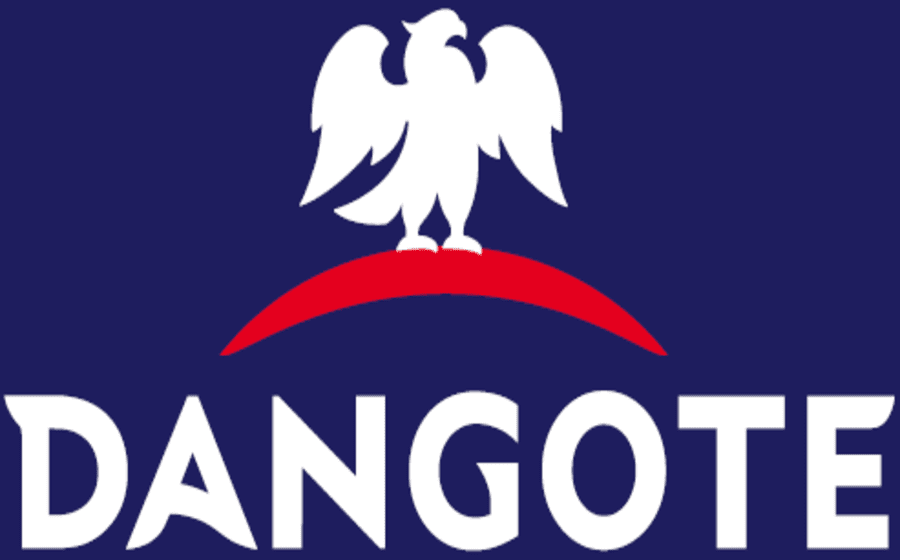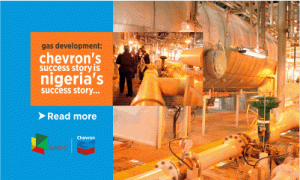BUA Cement published 2019FY audited financials after the close of market yesterday, which showed that the company recorded a 2019FY EPS decline of 5.3% y/y to NGN1.79/s, mostly on input cost pressure as well as a tax charge incurred over 2019FY (vs. a deferred tax credit in the prior year). Without the NGN24.9 billion tax credit and assuming an effective tax of 8.5% on 2018FY PBT (same as 2019FY), we estimate that 2019FY EPS would have grown by 69.1% y/y. On the 2019FY EPS of NGN1.79, the board has proposed a final dividend of NGN1.75/share, which translates to a yield of 5.6% on yesterday’s closing price (NGN31.20/share), and a payout ratio of 97.8%.
Volume Growth Enough to Make Up for Price Slack: The group’s aggregate revenue rose by 47.5% y/y in 2019FY, following a sharp growth in volumes (+53.1% y/y), which offset the slight decrease in price (-3.7% y/y). On the latter, we believe the need to penetrate a “new market” must have informed the decision to trim prices over the period. Meanwhile, the steep expansion in volume growth came amid higher installed capacity in the review period, given that OBU Cement completed its merger with CCNN last year, raising the total installed capacity to 8.0MMT – split across Sokoto Cement Lines 1 & 2 (2.0MMT) and OBU Lines 1 & 2 (6.0MMT). On the reported 4,501MT, the capacity utilization rate translates to 56.3%. Meanwhile, revenue breakdown provided showed that more than c.97% of the company’s sales were concentrated in Nigeria, while the balance was exported. From our last engagement with management, we understand that Niamey (Niger) is its largest export market. Disappointingly though, export sales declined sharply from a year ago by 77.4% y/y, following the closure of all land borders by the FGN at the twilight of August 2019.
Energy Cost Remains a Major Headwind: The Group’s gross margin was weaker relative to the prior year as input costs rose by 57.6% y/y, well ahead of revenue growth, to set the stage for a 340bps deceleration in gross margin. This came amid the reported 37.5% y/y expansion in gross profit. We highlight a sharper growth in energy cost per tonne (+14.7% y/y) as the key driver. We are aware that BUA Cement had to grapple with a significant energy cost pressure for much of 2019. In fact, management acknowledged, during our engagement last year, that its short-term strategy was to (1) reduce the proportion of expensive imported coal to c.30%, (2) as with Ashaka, operate own coal mines, and (3) transport the coal using company-owned transportation, as against the third party arrangement currently utilised.
Effective Taxes Pressured EPS: Expenses were higher by 20.2% y/y, driven by distribution costs (+94.8% y/y), which masked the decline in administrative costs (-16.0% y/y). The expansion in OPEX is not surprising since higher OPEX outlay is needed to support higher sales volume. In fact, the expansion in OPEX was slower relative to topline growth, thereby resulting in a 290bps decline in OPEX to sales ratio when compared to the previous year. That, together with the sturdy other income growth (+91.9% y/y), led to a 47.2% y/y growth in EBITDA. BUA cement’s loan balance rose by a whopping 450.0% y/y, paving the way for a 42.6% y/y expansion in net finance cost. Overall, PBT grew by 69.1% y/y with related margin improving by 480bps. Following a NGN5.63 billion tax charge (vs. vs a deferred tax credit in the prior year totaling NGN24.9billon over 2019FY), PAT declined by 5.4% y/y. Management said it has applied and got approvals for an extension of pioneer status on OBU line-1 and Kalambaina line-2, which were granted in February 2020 for 2-years and 3-years.
Comment: BUA Cement’s result is impressive in our view, with capacity utilization rate already at 56%, portending that the Nigerian cement market is big enough to accommodate three. Nonetheless, we believe 2020 will be the first true test for the company, given the challenging public and private cement demand outlook, mostly occasioned by COVID-19. NOT RATED. Ongoing initiation









